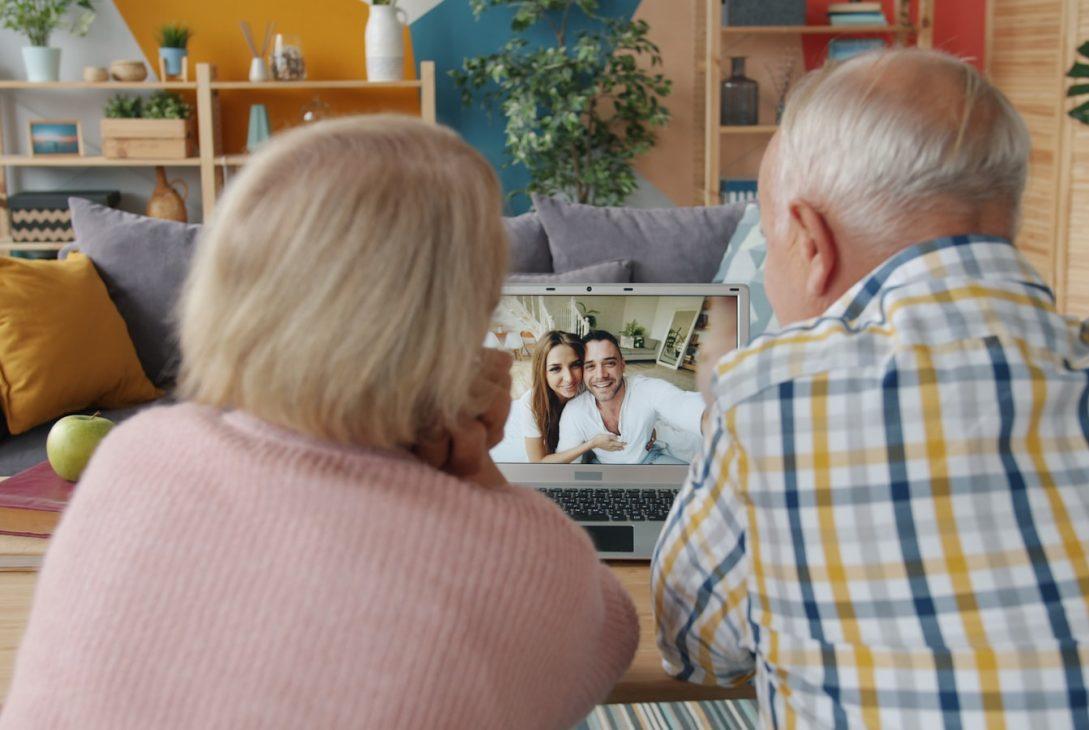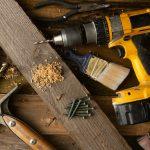As parents age, their needs shift requiring thoughtful home adaptations. Many seniors prefer aging in place over institutional settings. Creating safe, accessible homes enables independence and dignity. Strategic modifications transform houses into supportive environments.
1. Understanding Senior Health and Safety Needs
Common Aging-Related Challenges
Falls represent the leading cause of injury for seniors. Balance problems, vision changes, and medication effects increase fall risk. Home hazards like stairs and clutter amplify risks. Understanding these challenges guides prevention strategies. Safety awareness protects your loved ones effectively.
Mobility limitations require accessible home design. Arthritis restricts movement and strength. Vision and hearing decline affect independence. Cognitive changes may require monitoring. Recognizing these changes enables appropriate support.
Chronic health conditions demand convenient medication management. Arthritis makes opening bottles difficult. Memory loss requires organized systems. Organizing medications safely prevents dangerous errors. Thoughtful systems support health management.
Nutrition and Meal Preparation
Adequate nutrition supports senior health and independence. Limited mobility makes shopping and cooking challenging. Pre-prepared meal services support nutrition conveniently. Social meal programs provide community connection. Ensuring nutrition supports overall wellbeing.
2. Home Safety Modifications and Accessibility
Bathroom Safety Improvements
Bathrooms present particular hazards for seniors. Slippery surfaces cause falls easily. Grab bars provide essential support and stability. Non-slip flooring prevents accidents. Accessible showers with seating promote safety.
Pipette repair precision applies to bathroom water systems too. Proper plumbing function ensures reliable hot water access. Maintaining systems prevents emergencies. Regular inspection catches problems early. Professional maintenance prevents disruptions.
Walk-in tubs eliminate dangerous stepping over edges. Accessible showers with handheld sprayers simplify bathing. Raised toilet seats reduce strain on joints. Professional installation ensures safety and functionality. Bathroom upgrades significantly improve safety.
Bedroom and General Accessibility
Bedroom modifications promote safety and comfort. Bedside tables keep essential items accessible. Nightlights prevent accidents during bathroom trips. Adjustable beds ease getting up and down. Comfortable sleeping spaces support better rest.
Stair alternatives prevent dangerous climbing. Elevators or chairlifts eliminate stairs. Ground floor bedrooms prevent stair navigation. Rearranging living spaces keeps essentials accessible. Thoughtful design maintains independence.
Wide doorways and hallways accommodate walkers and wheelchairs. Removing clutter prevents trip hazards. Clear pathways enable safe movement. Good lighting illuminates potential dangers. Accessible design creates safer spaces.
3. Preventing Winter Hazards
Freeze Protection Strategies
Freeze protection prevents dangerous winter emergencies. Burst pipes flood homes causing water damage. Insulating vulnerable pipes prevents freezing. Draining outdoor lines prevents damage. Proactive protection prevents emergencies.
Snow and ice create hazards seniors cannot manage. Professional snow removal prevents fall risks. Heated walkways prevent ice formation. Salting prevents slippery surfaces. Professional maintenance ensures safe outdoor access.
Adequate heating maintains comfort during cold weather. Efficient furnaces heat homes effectively. Programmable thermostats prevent temperature extremes. Regular maintenance ensures reliable operation. Consistent heating prevents discomfort and health risks.
Emergency Preparation
Winter emergency kits prepare for power outages. Blankets, flashlights, and supplies provide security. Battery-powered radios communicate during emergencies. Emergency supplies support survival during outages. Preparation prevents panic during crises.
4. Assistive Technology and Monitoring
Safety Monitoring Systems
Emergency alert systems provide immediate help access. Wearable devices call for assistance instantly. Mobile apps let family monitor check-ins. Peace of mind matters for everyone. Technology enables independence safely.
Communication and Connection
Video calling maintains family relationships. Tablets enable easy video communication. Large text and simple interfaces improve usability. Staying connected prevents isolation. Technology supports meaningful relationships.
Smart home devices simplify daily tasks. Voice-controlled lights prevent fumbling for switches. Automated thermostats maintain comfortable temperatures. Smart devices reduce physical demands. Technology enhances independence and comfort.
5. Healthcare Coordination and Support
Managing Medical Appointments
Coordinating multiple appointments challenges seniors. Appointment reminder systems prevent missed visits. Transportation services enable medical access. Organized systems maintain health management. Professional support improves adherence.
Home care for seniors provides essential support for daily activities. Professional caregivers assist with bathing and dressing. In-home services maintain independence longer. Companionship prevents isolation. Quality care supports dignity and wellbeing.
Medication Management
Pill organizers simplify medication schedules. Color-coded containers prevent confusion. Reminder systems ensure timely doses. Professional management prevents dangerous errors. Organization prevents medication mix-ups.
6. Nutrition and Meal Support
Meal Planning and Preparation
Simple meal plans ensure balanced nutrition. Freezer-friendly meals simplify daily cooking. Grocery delivery services eliminate shopping challenges. Pre-prepared options reduce cooking demands. Supporting nutrition enables independence.
Social Dining and Connection
Group meal programs provide nutrition and socialization. Senior centers offer affordable meals and company. Community meals prevent isolation while supporting nutrition. Social dining benefits mental and physical health. Connection through meals improves wellbeing.
7. Mobility Support and Exercise
Assistive Devices
Walkers and canes improve balance and safety. Proper fitting ensures comfortable use. Training optimizes their effectiveness. Correct equipment prevents falls. Professional guidance ensures appropriate selection.
Activity and Exercise Programs
Regular gentle exercise maintains strength and balance. Tai chi and yoga improve flexibility safely. Walking programs build cardiovascular fitness. Group exercise provides motivation and socialization. Movement supports physical and mental health.
8. Mental Health and Cognitive Support
Preventing Isolation and Depression
Social activities prevent loneliness and depression. Volunteer opportunities provide purpose. Hobby groups create meaningful connections. Regular interaction supports mental health. Connection matters tremendously.
Cognitive Stimulation
Brain activities maintain cognitive function. Puzzles, reading, and games exercise the mind. Learning activities provide purpose. Mental stimulation supports independence longer. Engagement slows cognitive decline.
9. Financial Planning and Legal Protection
Estate and Legal Documentation
Clear wills prevent family conflict. Healthcare directives express medical preferences. Power of attorney documents enable decision-making. Financial plans protect assets. Legal preparation prevents complications.
Financial Management Support
Professional management prevents financial exploitation. Bank account monitoring catches fraud. Bill payment services ensure timely payments. Financial guidance protects assets. Professional oversight prevents costly mistakes.
10. Caregiver Support and Respite Care
Supporting Family Caregivers
Caregiving creates tremendous physical and emotional strain. Support groups connect caregivers with others. Respite care provides necessary breaks. Professional support prevents caregiver burnout. Recognition of caregiver needs matters.
Professional Care Services
Hiring professional caregivers relieves family burden. Trained caregivers provide quality care. Agencies handle hiring and management. Professional support enables better outcomes. Sharing responsibility creates sustainable solutions.
Conclusion
Creating safe, comfortable homes for aging seniors enables independence and dignity. Thoughtful modifications, assistive technology, and professional support create optimal environments. Coordinating healthcare, nutrition, and social connection addresses whole-person needs. Your commitment to senior wellbeing transforms their quality of life.
Start assessing your parent’s home this month for safety improvements. Identify priority modifications addressing immediate risks. Research local support services and care options. Take action creating the safe, supportive environment your parents deserve.













